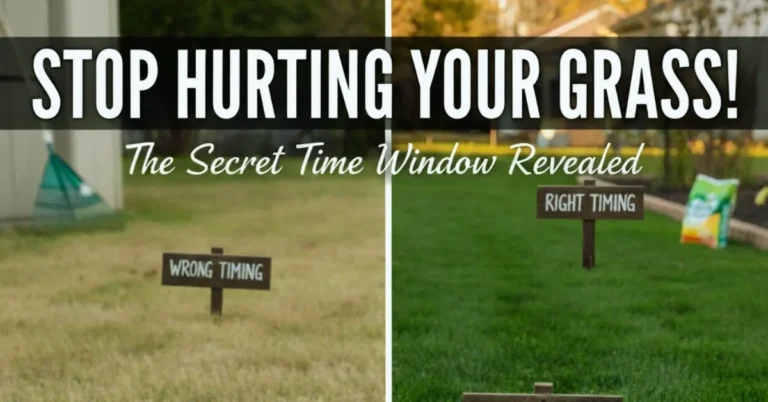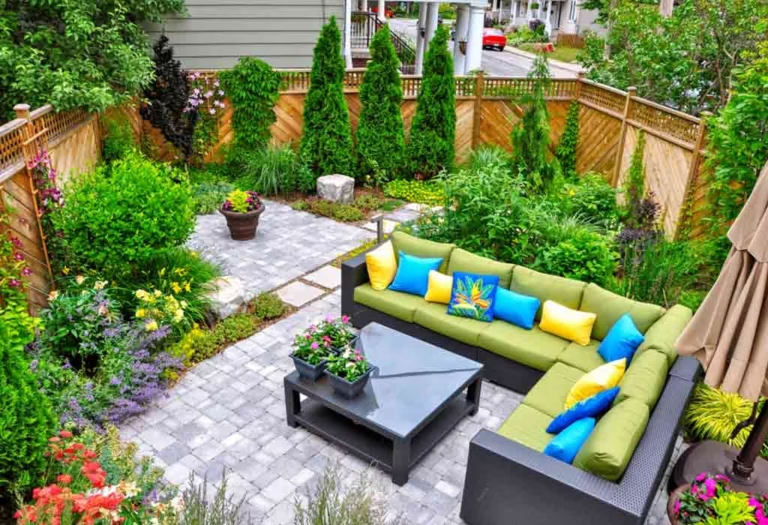Vertical Garden: Green Solution for Urban Spaces

Introduction:
As urbanization continues, cities need to balance concrete landscapes with the need for green spaces. Vertical gardens are an important solution to this problem, incorporating nature into the urban environment and offering a creative environment. In this modern way, plants grow on walls and grow indoors. In this article, we’ll explore the concept of vertical gardens, their benefits, design considerations, and their potential to transform urban living.
Following Vertical Gardens:
A green wall or living wall, also known as a vertical wall, is a unique method of gardening that involves growing plants on a vertical surface. This concept dates back to ancient civilizations, but modern technological methods are very different. Modern inventions have perfected this green practice. Vertical gardens can be standing structures or attached to existing walls and buildings, turning ordinary surfaces into greenery.
Benefits of Vertical Gardens:
Vertical gardens help purify the air by absorbing pollutants and converting carbon dioxide into oxygen through photosynthesis. They reduce the negative effects of air pollution in highly urban areas. Vertical gardens improve the air. A person does not get sick from fresh air. Stays away from the hospital.
Urban Heat Effects:
Cities retain more heat than villages, due to the urban heat island effect. Vertical gardens provide natural cooling by shading buildings and absorbing heat through the process of transpiration, where plants release water vapor. If there are no plants, the heat effect is never reduced. Planting is essential for a good environment.
Better environment:
Green walls create stunning visuals, adding a touch of nature to an otherwise bland urban structure. These living artworks can enhance the overall aesthetic appeal of a cityscape, making it more attractive to residents and visitors alike.
Noise Reduction:
Vertical gardens act as natural sound barriers, reducing noise pollution and creating a quieter, more pleasant environment for those living and working nearby. The surrounding environment has a great influence on the human being. Vertical gardens are visually beautiful and eco-friendly.
Support for animals:
Urbanization often leads to the displacement of wild animal and plant species. Vertical gardens can act as microhabitats, offering shelter and food sources for insects, birds, and small animals. Vertical gardens are a source of food for animals. Birds make nests in these gardens.
Design solution:
Creating a successful vertical garden requires careful planning and consideration of several factors:
Lighting:
Plants have different light needs, so it’s important to estimate the amount of sunlight the wall receives throughout the day. This analysis will help you determine which location is best for your plants. Sunlight is very important for plants. Sunlight is a kind of nutrient for plants.
Water system:
Water is essential for the health of plants and an efficient irrigation system is essential to sustain their life. An automatic watering system can be used to ensure proper hydration. In homes, we give water from pipes, while a machine is used in large places..
Selection of plants:
Choose plants that grow vertically and require less maintenance. A variety of plants can make an attractive wall. A wall of plants throughout the house looks good.
Structural Support:
Before installing a vertical garden, check the integrity of the wall or surface. Green walls can be heavy, especially when flooded, so it’s important to determine whether or not the building will be able to support the weight.
Maintenance:
Regular maintenance is essential to maintain the beauty and health of a vertical garden. To keep a green wall looking its best, plants need a lot of trimming, and pruning, and may need to be replaced from time to time. So its care is very important.
Types of Vertical Gardens
Green Facades:
These vertical gardens are attached to the exteriors of the buildings. They can cover entire walls or sections, turning ordinary structures into living masterpieces. A custom vertical garden can be expanded and reduced.
Living Columns:
These are vertical gardens standing in the form of columns or towers, often seen in public spaces and in indoor environments. It is very easy to take care of them at home.
Green Roofs:
Green roofs are another form of green architecture in which plants are grown on the roofs of buildings, providing many benefits to vertical gardens. Growing plants on rooftops is a good practice..
Indoor Vertical Gardens:
These green walls are designed to thrive indoors, bringing nature into our offices, our homes and public spaces. They improve indoor air quality and create a comfortable environment. Seeing green gives the feeling of coins.
Vertical Gardens around the World:
Numerous cities worldwide have embraced the concept of vertical gardens, showcasing how nature and architecture can harmoniously coexist. One notable example is the Musée du quai Branly – Jacques Chirac in Paris, designed by Patrick Blanc, a pioneer in the field of vertical gardens. This iconic building features an extraordinary vertical garden that enhances the museum’s exterior and reflects a commitment to sustainability.
Another remarkable vertical garden is found in the heart of Singapore’s financial district, known as the “Oasia Hotel Downtown.” This 27-story building features a lush green facade that wraps around the structure, providing a refreshing sight amid the concrete jungle.
Conclusion:
Vertical gardens offer a modern and eco-friendly way to bring nature back into urban spaces. With its numerous benefits such as improved air quality, aesthetic appeal, and support for biodiversity, these living walls make the urban environment healthier and more sustainable and have the potential to transform into visually appealing landscapes. As more cities embrace the concept of vertical gardens, we look forward to a greener and more vibrant future for urban living. Villages are already greener. Views of nature abound. Cities desperately need vertical gardens.






